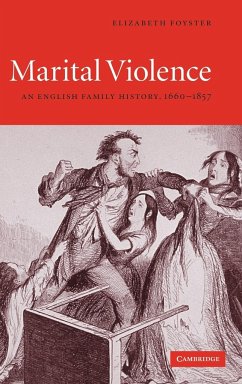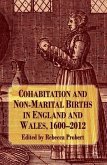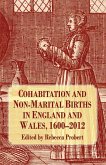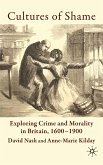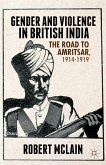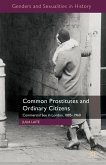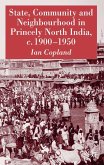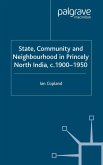Short description/annotation
Exposing the 'hidden' history of marital violence between the Restoration and the mid-nineteenth century.
Main description
This book exposes the 'hidden' history of marital violence and explores its place in English family life between the Restoration and the mid-nineteenth century. In a time before divorce was easily available and when husbands were popularly believed to have the right to beat their wives, Elizabeth Foyster examines the variety of ways in which men, women and children responded to marital violence. For contemporaries this was an issue that raised central questions about family life: the extent of men's authority over other family members, the limitations of women's property rights, and the problems of access to divorce and child custody. Opinion about the legitimacy of marital violence continued to be divided but by the nineteenth century ideas about what was intolerable or cruel violence had changed significantly. This accessible study will be invaluable reading for anyone interested in gender studies, feminism, social history and family history.
Table of contents:
1. Rethinking the histories of violence; 2: Resisting violence; 3. Children and marital violence; 4. Beyond conjugal ties and spaces; 5. The origins of professional responses.
Hinweis: Dieser Artikel kann nur an eine deutsche Lieferadresse ausgeliefert werden.
Exposing the 'hidden' history of marital violence between the Restoration and the mid-nineteenth century.
Main description
This book exposes the 'hidden' history of marital violence and explores its place in English family life between the Restoration and the mid-nineteenth century. In a time before divorce was easily available and when husbands were popularly believed to have the right to beat their wives, Elizabeth Foyster examines the variety of ways in which men, women and children responded to marital violence. For contemporaries this was an issue that raised central questions about family life: the extent of men's authority over other family members, the limitations of women's property rights, and the problems of access to divorce and child custody. Opinion about the legitimacy of marital violence continued to be divided but by the nineteenth century ideas about what was intolerable or cruel violence had changed significantly. This accessible study will be invaluable reading for anyone interested in gender studies, feminism, social history and family history.
Table of contents:
1. Rethinking the histories of violence; 2: Resisting violence; 3. Children and marital violence; 4. Beyond conjugal ties and spaces; 5. The origins of professional responses.
Hinweis: Dieser Artikel kann nur an eine deutsche Lieferadresse ausgeliefert werden.

